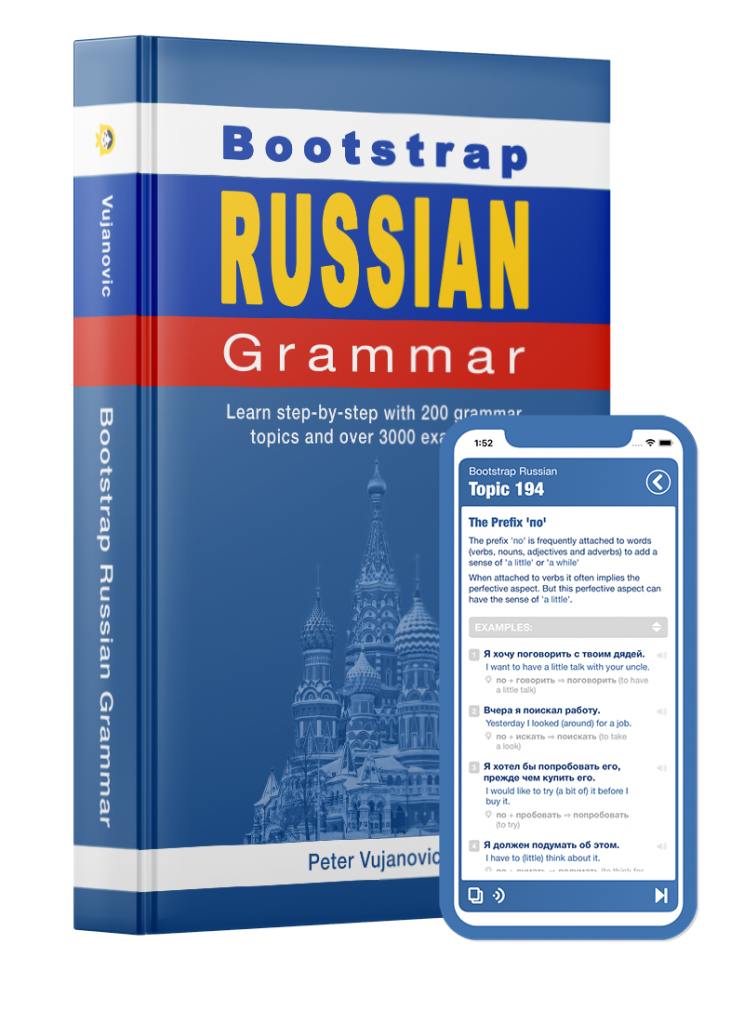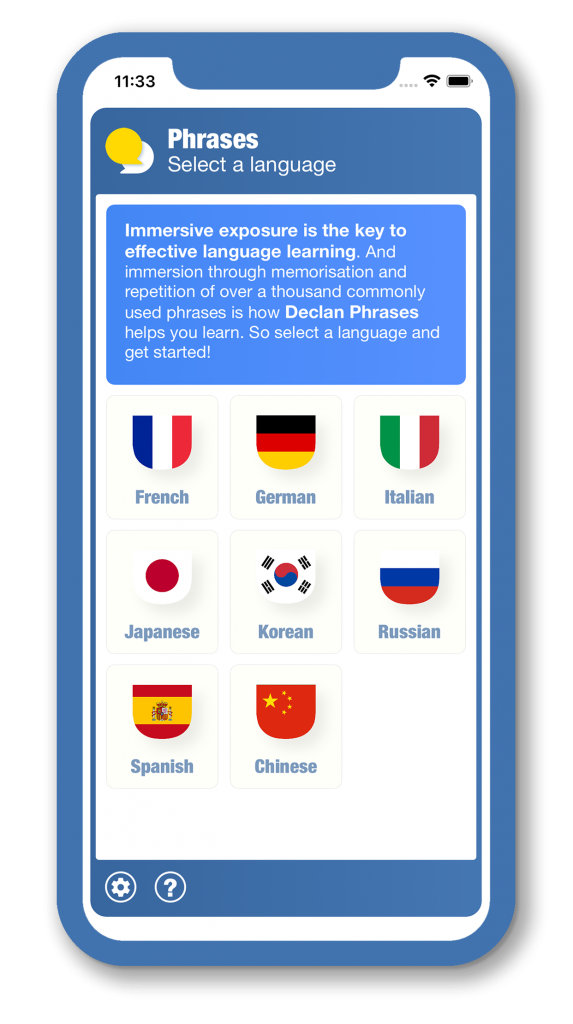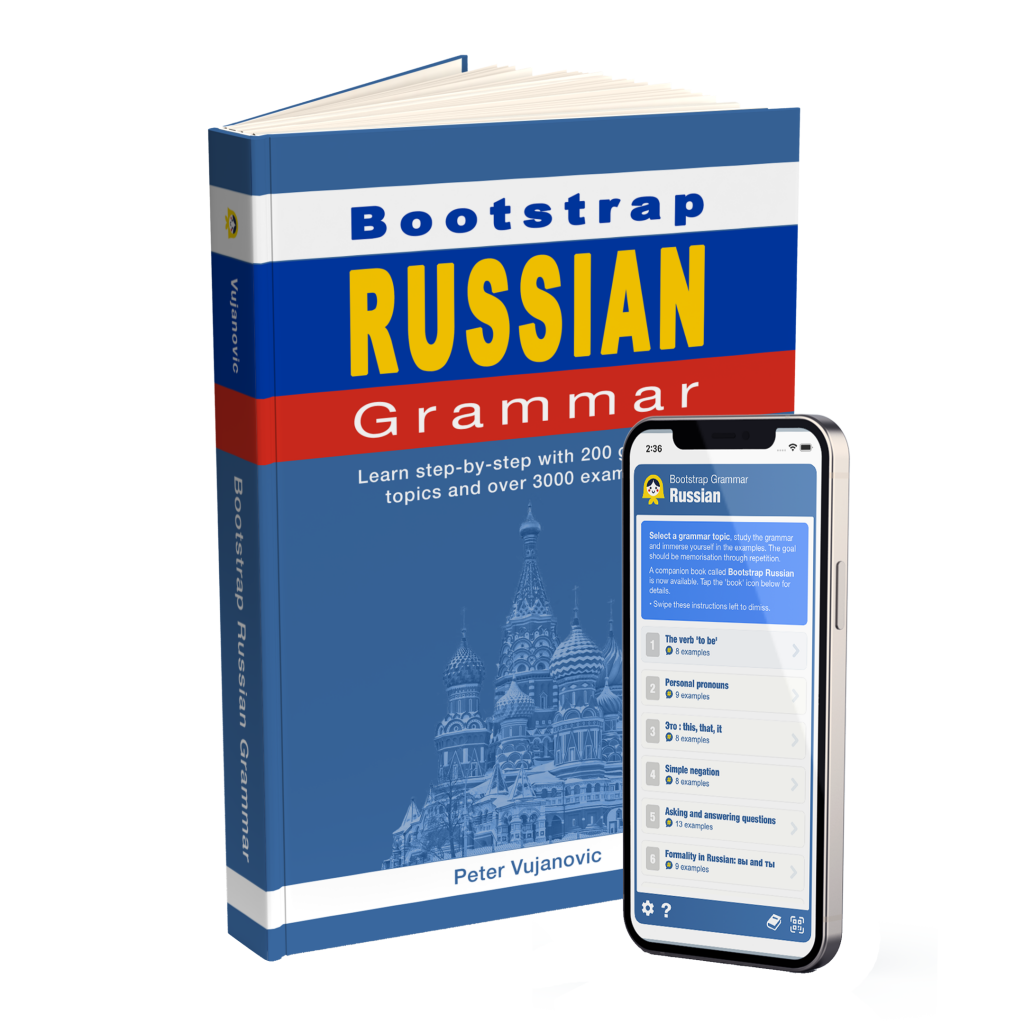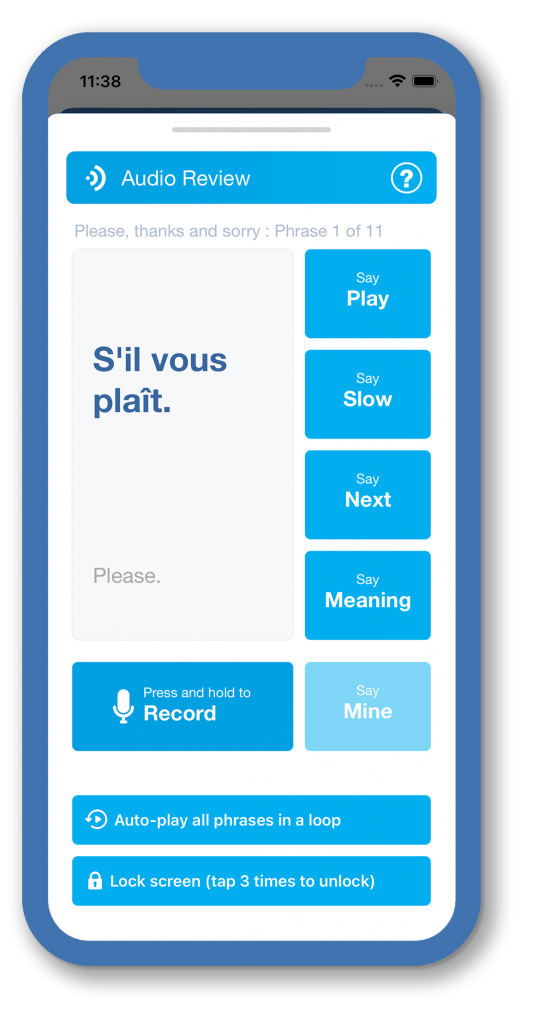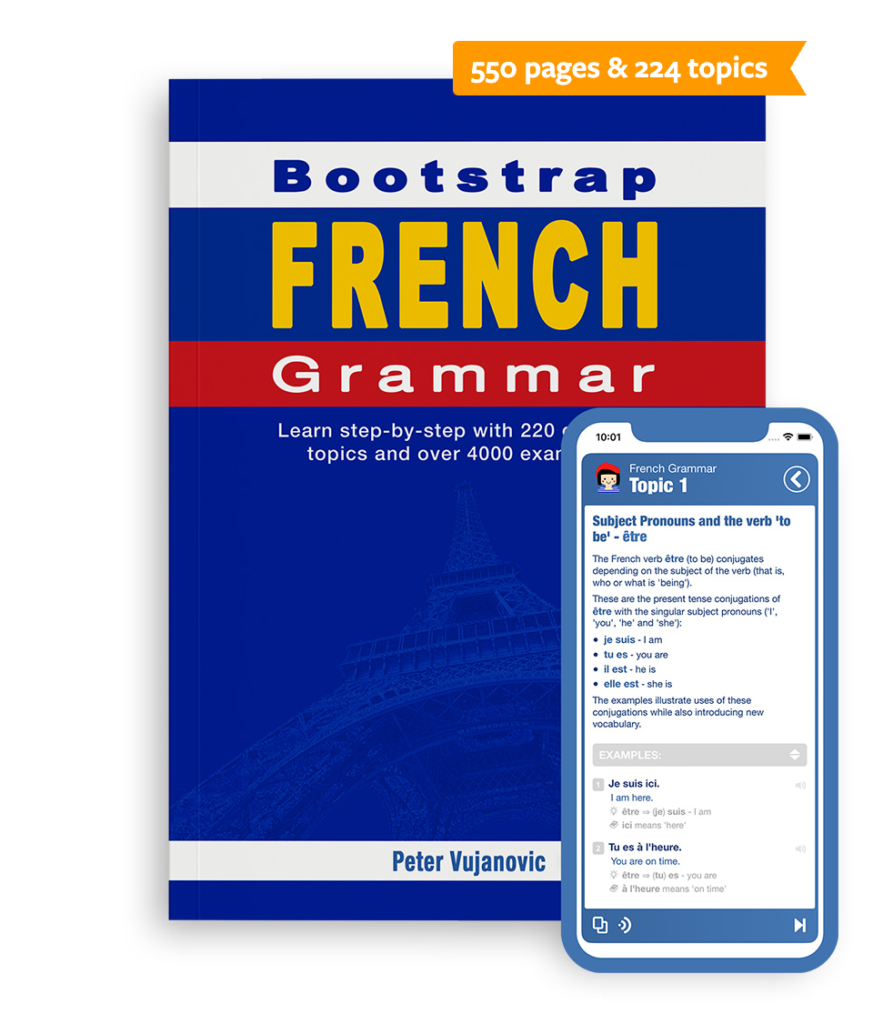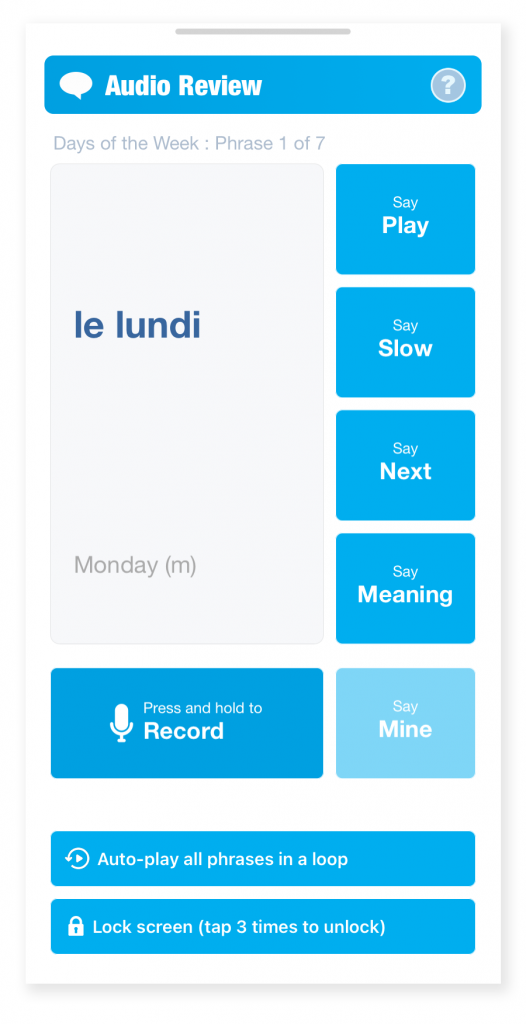We are happy to announce the launch of the Phrases app on the Apple AppStore.
The new app complements our existing ‘Words’ app that focuses on teaching vocabulary. Not surprisingly, Phrases focuses on phrases – lots of phrases!
The languages available include French, German, Italian, Spanish, Russian, Korean, Japanese and Chinese. And more are coming soon.
The idea is to expose users to hundreds and hundreds of common colloquial phrases, thereby developing familiarity and a feeling for the language. This is facilitated by exercises that emphasise memorisation through reiterative exposure to each phrase, and most especially repeated immersive exposure to the sound of each phrase. This helps to develop an intuitive feel for the language.
‘Phrases’ features hundreds and hundreds of common colloquial phrases organised into topics and all with native speaker audio pronunciation. Language acquisition is re-enforced with exercises that emphasise reiterative exposure to each phrase, and most especially repeated exposure to the phrase’s pronunciation.
The app content is designed so that learners can build mental templates of the language’s most common structures. And based on these patterns the learner can themselves construct and create new phrases. And recognise new combinations when listening and interacting in the language.
The core theoretical principle employed by ‘Phrases’ in facilitating adult language learning is ‘immersive exposure’. Immersive exposure is the key to effective language learning. It’s a proven method called ‘contextual immersion’. The app facilitates immersion through reiteration, repetition, memorisation and re-enforcement of over a thousand commonly used colloquial phrases – all with native speaker audio and contextual notes.
Audio Review Mode
There is a strong emphasis on listening in the app. A new feature that facilitates this is the “hand off” Audio Review Mode.
Using voice commands, the user can progress through all the phrases in a topic, repeat them, listen to the at a slower speed and even have the meaning read out.
A record function is also available that allow the user to record and listen back to their own pronunciation of the phrase so to compare with the native speaker pronunciation.
There is also an auto-play feature that automatically cycles through the topic phrases – ideal for when you are exercising or in the car and you want to repeat and repeat again the phrases until they are well and truly embedded and familiar.
Immersion is not submersion:
The immersion approach is a far better way of learning when compared with the submersion approach. Immersing yourself into a language means that you’ve got tools, tips and tricks to support you when it comes to learning the language and culture. Submersion, on the other hand, would plunge you in at the deep end with no resources or support. While submersion is effectively how children learn to speak, adults progress more quickly and efficiently if they have other resources to inform and support their learning. These include explanations of grammar and lessons that are structured.
While the ideal language learning scenario would be attending a language school while living in country surrounded by the culture and language 24 hours a day, this is often not practical for most of us, particularly for the length of time it usually take to go from zero to proficient. So regular and repeated use of the app is recommended so that you surround yourself with the essence of the language.
Here are several references if you are interested in knowing more about the most effective way you can master a foreign languages – by leveraging contextual immersion:
Cummins, J (2009) Bilingual and Immersion Programs, in Long, M and Doughty, C (Eds) The Handbook of Language Teaching, Malden, MA: Wiley-Blackwell.
DeKeyser, R (2012) Age effects in second language learning, in Gass, S M and Mackey, A (Eds) The Routledge handbook of second language acquisition, London: Routledge, 442–460.
Kinginger, C (2011) Enhancing Language Learning in Study Abroad, Annual Review of Applied Linguistics 31, 58–73, doi: 10.1017/S0267190511000031.
Robson, A L (2002) Critical/Sensitive Periods, in Salkind, N J (Ed.) Child Development, Gale Virtual Reference Library, New York: Macmillan Reference USA, 101–3.
Vanhove, J (2013) The critical period hypothesis in second language acquisition: a statistical critique and a reanalysis, PLOS ONE 8 (7): e69172, doi: 10.1371/journal.pone.0069172.
Wilkinson S (1998) On the Nature of Immersion During Study Abroad: Some Participant Perspectives, Frontiers: The Interdisciplinary Journal of Study Abroad 4 (2), 121–138, doi: 10.36366/frontiers.v4i1.65.
